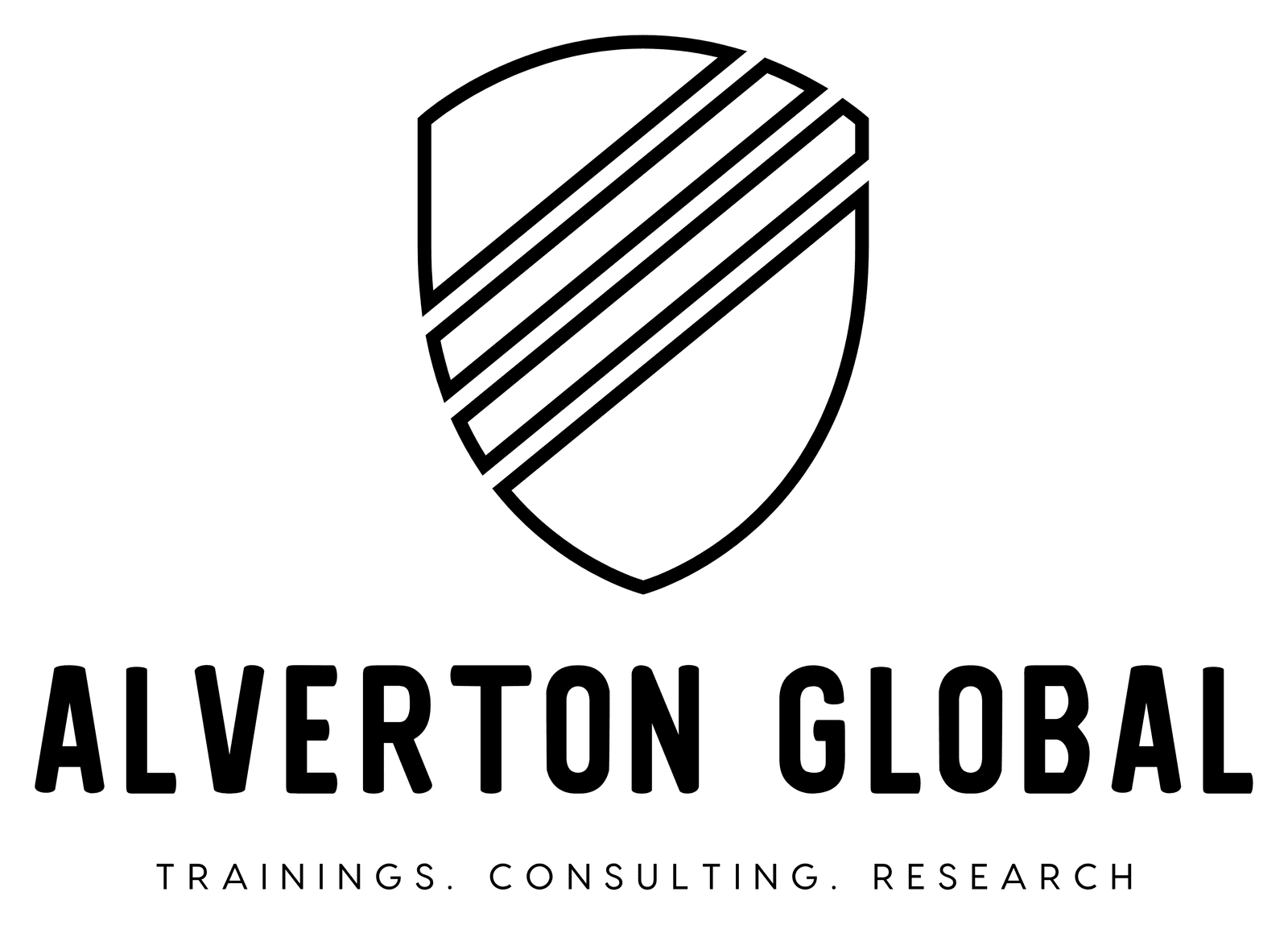This course is designed to enhance the service delivery skills of public sector staff by instilling a culture of citizen-centric engagement. Participants will learn how to treat citizens as customers, improve communication, reduce service frustrations, and deliver responsive, respectful, and efficient public services.
Learning Methodology
Government service case studies and reform analysis
Scenario-based roleplays and complaint simulations
Structured reflection on service gaps and citizen expectations
Group activities focused on empathy and communication
Practical tools for public service improvement
Learning Outcomes
Participants will be able to:
Deliver public services that are courteous, fair, and transparent
Communicate effectively with citizens from diverse backgrounds
Handle complaints and difficult interactions with empathy
Understand their role in government service reputation
Apply service improvement techniques to everyday operations
Delivery Format
Duration: 3 days (in-person) or 4 virtual sessions
Format: Interactive sessions, public sector-specific simulations
Location: Government institutions, training centers, or online
Certificate: Issued by Alverton Global upon completion
Course Features
- Lectures 15
- Quiz 0
- Duration 3 days
- Skill level Expert
- Language English
- Students 8
- Certificate Yes
- Assessments Yes
- 5 Sections
- 15 Lessons
- 3 Days
- Redefining Public Service: From Bureaucracy to Customer-Centricity3
- Effective Communication in Government Settings3
- Managing Frustrated Citizens and Conflict3
- Professionalism, Ethics, and Accountability3
- Improving the Citizen Experience3
Requirements
- Current employment or assignment in a public service role
- Basic communication skills
Features
- Designed specifically for public service delivery improvement
- Emphasis on ethics, courtesy, and responsiveness
- Relevant to all levels of public sector staff
- Scenario-driven and citizen-focused
- Certified by Alverton Global
Target audiences
- Government clerks, customer-facing officers, and administrators
- Staff in local governments, ministries, and regulatory agencies
- Supervisors of frontline teams in public institutions
- Service delivery personnel in hospitals, registries, licensing, or revenue offices





